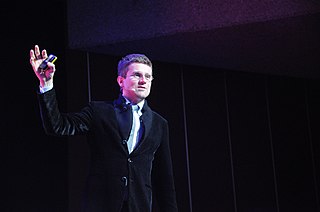Top 15 Quotes & Sayings by Carlo Ratti
Explore popular quotes and sayings by an Italian architect Carlo Ratti.
Last updated on November 8, 2024.
The first autonomous cars date back to the late 20th century. But recent increases in sophistication and reductions in cost - reflected, for example, in cheap LIDAR systems, which can 'see' a street in 3D in a way similar to that of the human eye - are now bringing autonomous cars closer to the market.
























